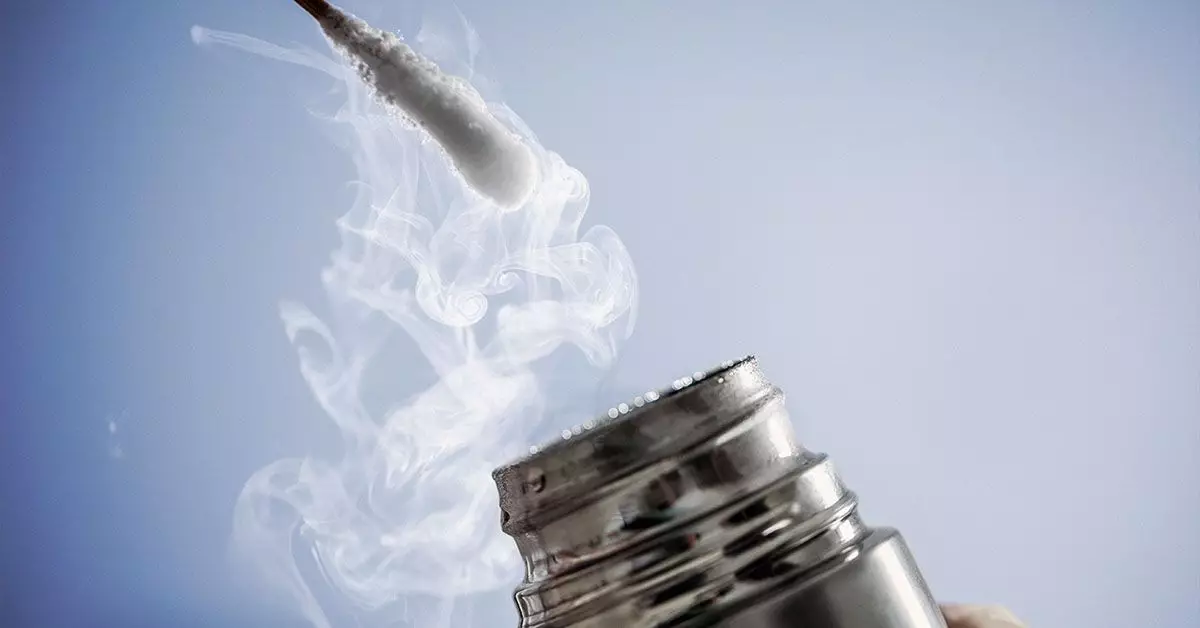Cervical cancer remains a significant health concern for women worldwide, largely attributed to infections caused by the human papillomavirus (HPV). In response to this challenge, innovative medical techniques have emerged, one of which is cryotherapy. This article explores cryotherapy’s role in the treatment of precancerous cervical lesions, its operational mechanics, and the necessary preparation and aftercare associated with this procedure.
Cryotherapy, often termed cryosurgery or simply “cryo,” employs extremely low temperatures to eliminate abnormal cells in various bodily tissues. When applied to cervical health, the technique primarily targets precancerous lesions identified in the cervix, which, if left untreated, can develop into cervical cancer. The freezing temperatures induce cellular death in these abnormal cells, paving the way for healthy tissue regeneration. This preventive measure is crucial in maintaining cervical health, especially in women diagnosed with moderate or severe dysplasia, conditions that can escalate if not addressed in a timely manner.
Before undergoing cryotherapy, it is essential to engage in comprehensive discussions with healthcare practitioners. Ideal candidates typically include individuals with specified precancerous changes in the cervix, often associated with persistent HPV infections. However, the technique is best suited for localized lesions of limited size and depth. In cases where abnormalities are extensive or invasive, other therapeutic approaches, such as surgical excision or laser therapy, may be more appropriate. Additionally, professionals may opt for a “watchful waiting” approach for less severe cases, reassessing the lesions over time rather than rushing into cryotherapy.
Preparation for cryotherapy is an integral part of the process, ensuring patient safety and efficacy of the treatment. Patients should disclose all medications and supplements they are currently taking during their pre-procedure consultation, as certain drugs might affect the outcome or safety of the surgery. It’s also advisable for women to arrange for someone to accompany them post-procedure, given that they may feel discomfort or dizziness afterward. To mitigate post-treatment discharge, bringing menstrual pads is recommended, as patients may experience watery or bloody discharge in the weeks following the procedure.
The cryotherapy procedure is typically performed on an outpatient basis, often within a doctor’s office. Upon arrival, patients will find a familiar and sterile environment; the first step usually involves inserting a speculum to gain better visibility of the cervix. During the examination, the doctor assesses the lesion characteristics and positions a cryoprobe against the cervix. The cryoprobe is cooled using nitrogen gas, generating an ice ball that effectively destroys the targeted cells.
Although the application of extreme cold can induce sensations of chill or cramping, this discomfort is generally brief. After the treatment, patients usually remain under observation for a short period before returning home, where they can typically resume normal activities within a day. However, they should be aware of possible post-treatment symptoms, including watery discharge that may last several weeks.
As with any medical procedure, monitoring for side effects is crucial following cryotherapy. Common instances include mild cramping, light vaginal bleeding, and an increase in the volume of menstrual flow. These signs can persist for several weeks and are often manageable. However, more serious complications, albeit rare, might arise, such as infections or long-term issues like scarring or persistent pain.
It is essential for patients to inform their healthcare provider if they experience any unusual symptoms post-cryotherapy, which may suggest a complication. Moreover, women who are pregnant or might be pregnant are generally advised against undergoing cryotherapy due to potential risks to the fetus.
While cryotherapy effectively removes precancerous lesions, it is important to note that it does not eradicate HPV, the virus that underpins the majority of cervical cancers. Routine screenings and follow-up examinations remain essential in monitoring health and managing any potential HPV-related complications. Cryotherapy plays a valuable role in cherishing cervical health, and understanding its applications can empower patients in making informed decisions about their care.

